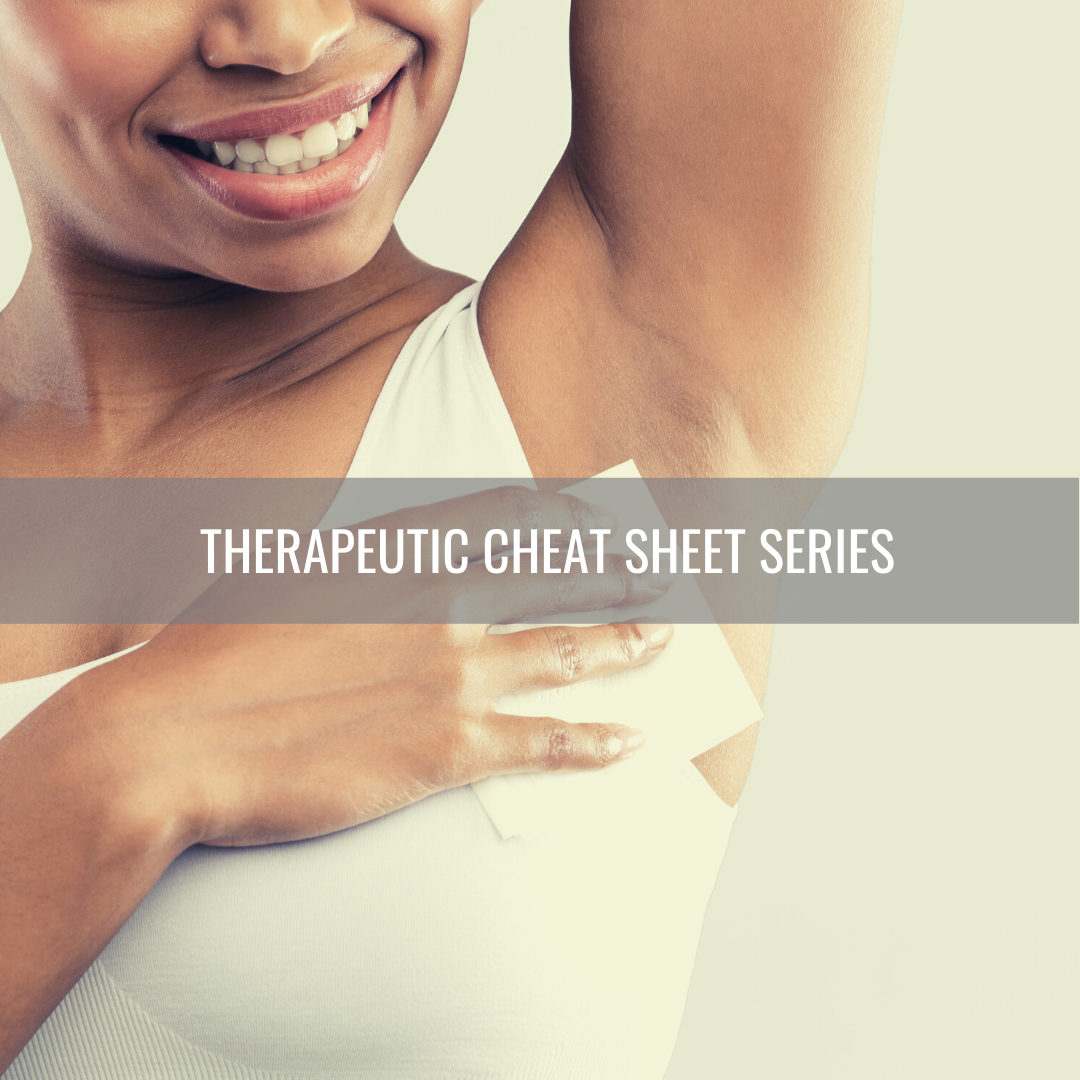Glycopyrronium Tosylate Cloth for Hyperhidrosis Therapeutic Cheat Sheet
118601186011860 Hyperhidrosis affects approximately 4.8% of the U.S. population1 and causes patients significant psychosocial distress. Patients are looking to maximize non-invasive treatment options while avoiding systemic side effects. We continue our series, Therapeutic Cheat Sheet, with a closer look at glycopyrronium tosylate cloths.
[caption id="attachment_11862" align="alignleft" width="1934"] Click ima …
Hyperhidrosis affects approximately 4.8% of the U.S. population1 and causes patients significant psychosocial distress. Patients are looking to maximize non-invasive treatment options while avoiding systemic side effects. We continue our series, Therapeutic Cheat Sheet, with a closer look at glycopyrronium tosylate cloths.
[caption id="attachment_11862" align="alignleft" width="1934"] Click ima …
 Hyperhidrosis affects approximately 4.8% of the U.S. population1 and causes patients significant psychosocial distress. Patients are looking to maximize non-invasive treatment options while avoiding systemic side effects. We continue our series, Therapeutic Cheat Sheet, with a closer look at glycopyrronium tosylate cloths.
[caption id="attachment_11862" align="alignleft" width="1934"] Click ima …
Hyperhidrosis affects approximately 4.8% of the U.S. population1 and causes patients significant psychosocial distress. Patients are looking to maximize non-invasive treatment options while avoiding systemic side effects. We continue our series, Therapeutic Cheat Sheet, with a closer look at glycopyrronium tosylate cloths.
[caption id="attachment_11862" align="alignleft" width="1934"] Click ima … Continue reading "Glycopyrronium Tosylate Cloth for Hyperhidrosis Therapeutic Cheat Sheet"


 The November issue of the Journal of Drugs in Dermatology focuses on the topics of Lasers, Light Sources, and Devices, featuring an outstanding line-up of original articles. Straight from the JDD Editor’s desk, we share this month’s issue highlights
The Guest Editorial by Dr. Macrene Alexiades focuses on the growing body of objective quantifiable data demonstrating time-sensitive improvemen …
The November issue of the Journal of Drugs in Dermatology focuses on the topics of Lasers, Light Sources, and Devices, featuring an outstanding line-up of original articles. Straight from the JDD Editor’s desk, we share this month’s issue highlights
The Guest Editorial by Dr. Macrene Alexiades focuses on the growing body of objective quantifiable data demonstrating time-sensitive improvemen …  Here are the June JDD Issue Highlights:
Guest Editor Dr. James Q. Del Rosso stresses that even the best case scenario of teledermatology can never offer the same as a live in-person visit in Virtual Exams No Substitute for In-Person Care of Acne and Rosacea.
Treating Inflammation in Rosacea: Current Options and Unmet Needs, authors discuss the underlying inflammatory nature of rosacea, tre …
Here are the June JDD Issue Highlights:
Guest Editor Dr. James Q. Del Rosso stresses that even the best case scenario of teledermatology can never offer the same as a live in-person visit in Virtual Exams No Substitute for In-Person Care of Acne and Rosacea.
Treating Inflammation in Rosacea: Current Options and Unmet Needs, authors discuss the underlying inflammatory nature of rosacea, tre …  JDD Authors Rachel Fayne BA, Sonali Nanda MS, Anna Nichols MD PhD, and John Shen MD report a case of biopsy-proven invasive SCC in an 86-year-old Caucasian male with history of multiple actinic keratoses and no previous skin cancers. The patient declined surgical treatment due to concerns about cosmetic outcomes. A combination of topical 5% imiquimod cream, 2% 5-FU solution, and 0.1% tretinoin cre …
JDD Authors Rachel Fayne BA, Sonali Nanda MS, Anna Nichols MD PhD, and John Shen MD report a case of biopsy-proven invasive SCC in an 86-year-old Caucasian male with history of multiple actinic keratoses and no previous skin cancers. The patient declined surgical treatment due to concerns about cosmetic outcomes. A combination of topical 5% imiquimod cream, 2% 5-FU solution, and 0.1% tretinoin cre …